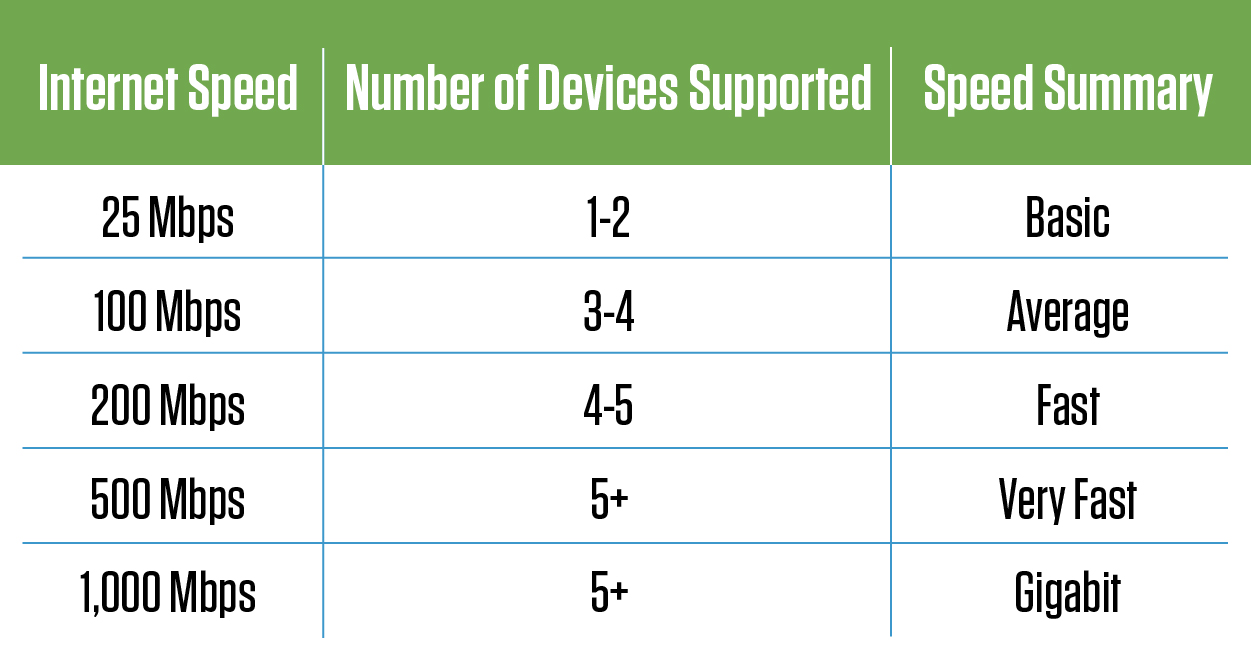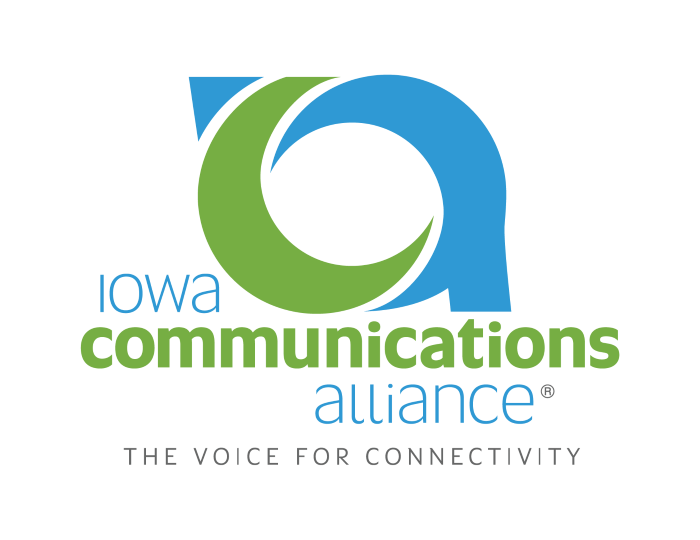|

What are the pros and cons to each broadband technology type?
Wireless
Cellular (5G Home Internet / Mobile Internet)
- Millimeter-Wave (mmWave)
- Pros: Tremendous speed and capacity over very short distances
- Cons: Very limited wireless reach makes it not suitable for sparsely populated rural areas.
- Mid-band
- Pros: Lower upfront costs; speeds comparable to good copper networks.
- Cons: Slower speed due to limited spectrum; frequent upgrades are costly; requires deep fiber.
Fixed Wireless
Pros: Relatively quick deployment and cost to install.
Cons: Requires line-of-sight and physical obstructions greatly reduce speeds and quality of service.
Satellite
Pros: Available nearly everywhere.
Cons: Slower than cable and fiber; vulnerable to bad weather; expensive and has prohibitive data caps; high latency.
Wireline
Cable
Pros: Can leverage existing outside plant.
Cons: Not suitable for long distances; requires deep fiber; expensive upgrades.
Fiber
Pros: Future-proof; easier upgrades; lowest total cost over the life of the network; suitable for distances up to 20 miles between electronics.
Cons: Higher upfront costs; may be slower to deploy.
What activities work with which internet speeds?
When considering how much speed is enough, it's important to note the number of devices connected and people performing the activities below simultaneously will determine how much speed is needed. Calculators such as this one at BroadbandNow can help you quantify the amount of speed you need.
1-5 Mbps
Works for one person checking email and browsing the web.
5-10 Mbps
Works for streaming music or streaming HD content on one device.
40-100 Mbps
Works for streaming 4K content, video calling with Skype or FaceTime, online gaming for one player.
200 Mbps
Works for streaming HD video on a few devices, multiplayer online gaming, downloading large files.
How Much Speed is Enough?

What are the advantages to fiber internet?
There are many advantages to fiber internet.
- It’s the fastest. It uses fiber-optic cables to send data to and from your connected devices. “Light is ridiculously faster than electricity at doing this which means fiber internet is lightyears… faster than cable or DSL.” Even the most cutting-edge wireless networks depend upon the presence of fiber to enable higher speed services. “[U]ltimately, the quality and reliability of the wireless network will depend on the wireline (fiber) network carrying traffic to and from the 5G small cells.”
- It’s symmetrical. Fiber enables symmetrical upload and download speeds. Upload speeds enable better experiences when it comes to video conferencing, streaming and gaming. File uploads and VPNs also perform far better on symmetrical networks. Other technologies have significantly slower upload speeds.
- It’s future-proof and sustainable. Fiber is the best choice for ensuring that a network being built now will be capable of satisfying user demand over its useful life. Fiber has at least 500 times higher capacity than any other technology. Fiber anticipates future demands and allows for services that will remain affordable and efficient for years to come. It is durable, scalable, easier to update and less costly to maintain. “Once fiber is laid down, network upgrades cost less than those for other broadband technologies.”
- It’s a better investment. “Not only do Fiber to the Premises (FTTP) networks have a lower 30-year cost of ownership, but they also have a greater revenue potential when compared to the other technologies because of their greater broadband capacity.” – Vantage Point Solutions
- It’s reliable. Fiber is the most reliable internet technology, delivering a signal less susceptible than cable, copper, or spectrum-based services to interference or deterioration of performance due to distance or climate conditions.
- It amplifies economic development. Fiber benefits community economic development and vitality through elevated housing prices and creating more desirable conditions for relocation.
Source: NTCA - The Rural Broadband Association
What are symmetrical speeds & why do they matter?
With symmetrical speeds, you have fast upload speeds that match your download speeds. Fast upload speeds provide many advantages including video conferencing, uploading larger files faster and readily available cloud services. Fiber usually offers "symmetrical service" anywhere from 250–1,000 Mbps download and upload. Whereas cable and DSL typically have a higher download speed and a lower upload speed. Symmetrical speeds are critical for the business community, remote work, telehealth and remote learning. Download is about consumption, upload is about production.
Isn't fiber too expensive in rural areas where houses are far apart?
As broadband demand increases over time; it is important to evaluate broadband technologies both from short- and long-term cost perspectives to ensure that a network being built now will be capable of satisfying user demand over the useful life of the facilities rather than having to rebuild them repeatedly to keep pace with such demand. “Not only do FTTP networks have a lower 30-year cost of ownership, they also have a greater revenue potential when compared to the other technologies because of their greater broadband capacity.” - “Future Proof: Economics of Rural Broadband,” A Greenfield Rural Broadband Case Study, prepared by Vantage Point Solutions, Inc. for the Foundation for Rural Service.
How does broadband affect consumers' decisions about homes and communities?
RVA Consumer Studies 2018 found that having very high-speed broadband rates highly in these decisions. The rapid increase in the remote workforce in recent years has only amplified the need for high-speed and reliable broadband.
- Laundry room: 91%
- High speed/reliable broadband: 89%
- Great room: 84%
- Energy star windows: 81%
- 2-3 car garage: 79%
- Bathroom linen closet: 74%
- Front porch: 69%
- Central island in kitchen: 69%
- Programmable thermostat: 64%
- Granite countertop in kitchen: 62%
- Nine foot ceiling on first floor: 49%
- Media room: 35%
Source: NTCA - The Rural Broadband Association
|

